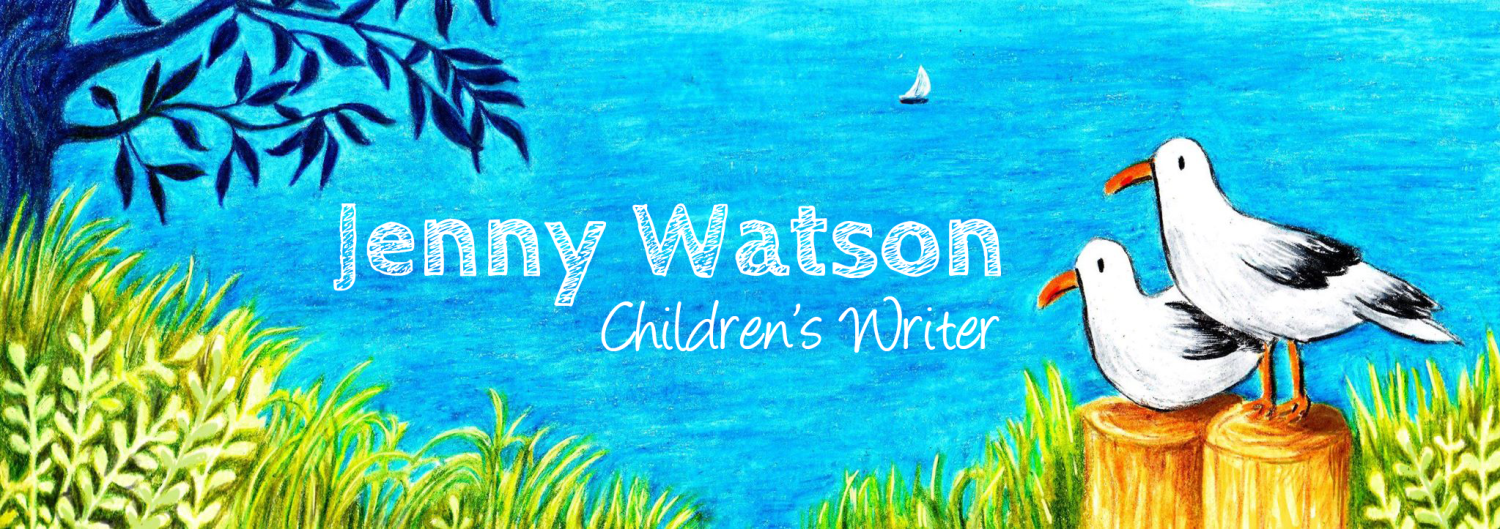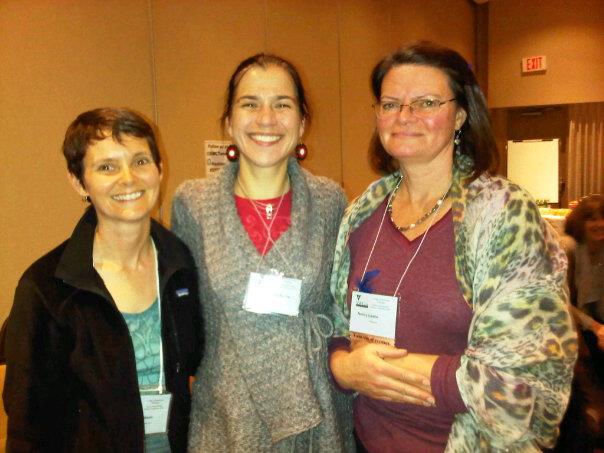This last weekend, I went to the Surrey International Writers’ Conference. There are so many great things to say about this conference it’s hard to know where to start. It’s four days (three days of conference plus a day of pre-conference workshops) surrounded by writers talking about writing. Exhausting and overwhelming, but also exhilarating and inspiring.
For me, one of the best parts is the Presenter Lunch. A presenter (author, editor, agent) sits at each table, but who sits where is a mystery until we all sit down. This year I was lucky enough to be sitting at a table with Mary Robinette Kowal, an author and professional puppeteer. She was so personable and entertaining, I decided to go to her outlining session later that afternoon, which turned out to be the best decision because it was the session I found the most valuable over the weekend. Here are my notes:
Outlining
- Write a list of your plot events in order.
- Decide where the story starts – any events that occur before the start are backstory.
- Use chapters to control pacing and keep readers reading. Occasionally you can take the first line of one chapter and use it as the last line of the previous chapter so that the reader is forced to turn the page.
- Use a series of questions to keep the story moving forward. If a question has a “Yes” or “No” answer, the story stops. If a question has a “Yes, but” or “No, and” answer, the story carries on.
- If you’re using multiple points of view (POV), for each scene, decide which character has the most at stake. That character should be your POV character for the scene. (Although later when you look at your entire story, you might need to change scene POVs to adjust the balance if some characters have too many or not enough scenes.)
- Consider what type of story you’re telling, using the MICE quotient (from Orson Scott Card’s Characters and Viewpoint).
MICE
- Milieu – a story that starts and ends in a place, often with a journey such as the traditional hero’s journey
- Idea – a story that starts with a question and ends when the question is answered
- Character – a story that starts when a character is dissatisfied and ends when the character is satisfied, resigned, or dead
- Event – a story that starts with an event that disrupts the status quo and ends when the status quo is reinstated
In short stories, you will probably find only one of these story types, but in longer stories, it’s common to see several types nested. The trick when you use more than one is to nest them like you would with code. The first story type to start is the last to finish. The second type to start is the second-to-last to finish.
For further reading, here’s a blogpost by another conference attendee, or you can listen to Mary herself in a Writing Excuses podcast (scroll down to beneath the sharing buttons and click the circle button with the Play icon).
And to finish up, here’s a picture of me with a couple of writing friends at the conference. Maybe I’ll see you there next year!


Very helpful points and notes. Thank you for sharing!